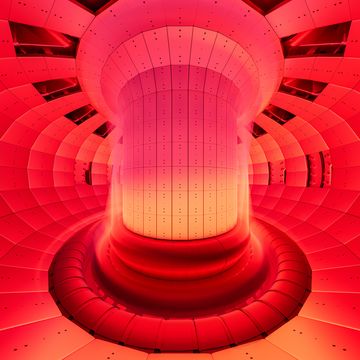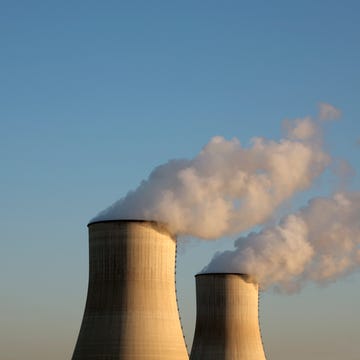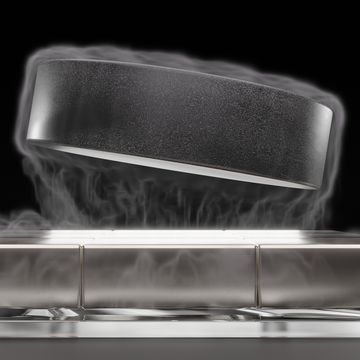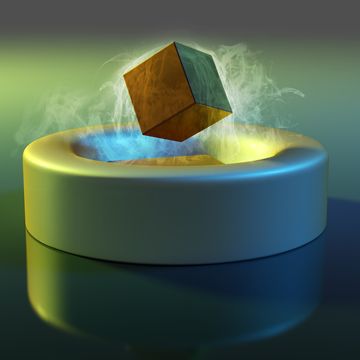- The world’s largest airliner has flown on 100 percent renewable fuel for the first time.
- A380, Airbus’s designated “flying testbed,” will also fly on hydrogen by 2026.
- Sustainable aviation fuel is made by treating waste oil and biomass into diesel.
Your hippie cousin’s biodiesel Volvo has new competition from an unexpected place: the world’s largest passenger plane, the Airbus A380. On March 25 and March 29, two of the aircraft made pilot flights out of France on 100 percent recycled cooking oil and other waste fats. No word yet on whether the flight also smelled like fried chicken or egg rolls.
The A380, which has been in production since 2007, is the largest-ever commercial passenger aircraft, holding up to 525 people in a wide-body airliner. Just over 250 of these planes were sold, and the model is considered a mixed success at best because Airbus didn’t earn back its sizable investment in the aircraft. The A380 is the third Airbus aircraft to be able to fly on 100 percent sustainable fuel, preceded by the smaller Airbus A350 last March and the A319neo in October.
✈️ You love badass planes. So do we. Fly with us—join Pop Mech Pro.
Airbus says the first took off from Toulouse, France, and lasted three hours before landing in the same place. (Airbus has a major office located in Toulouse.) The second flight was from Toulouse to Nice and also used 100 percent sustainable fuel.
Sustainable aviation fuel, or SAF, is a huge benchmark goal for the aviation industry. In the fight against climate change, airplanes stick out for their major reliance on fossil fuels; they also present an especially challenging use case in replacing jet fuel with more sustainable sources. The heavy batteries that weigh down the average Tesla automobile aren’t yet realistic for aircraft, which must cut back on as much weight as possible.
This is where recycled cooking oil stepped in to help. Since oils are fundamentally hydrocarbons, used cooking oil is an ideal source to chemically shift into SAF. France’s own TotalEnergies, one of the world’s largest petrochemical companies, provided the oil.
“The SAF produced in Normandy, close to Le Havre, France, was made from Hydroprocessed Esters and Fatty Acids (HEFA), free of aromatics and sulphur, and primarily consisting of used cooking oil, as well as other waste fats,” Airbus reports in a prepared statement. Hydroprocessing is a way to turn waste fat, or even biomass like wood or corn waste, into usable diesel-type fuel.
Airbus planes can currently fly with up to half SAF and half kerosene, making a blend similar to the fuel in consumer cars that’s made up of some percentage of ethanol. But Airbus wants to get certified to fly 100 percent SAF across its entire aircraft line by 2030. It also wants to have hydrogen engines in the testing phase for A380s by 2026.
The A380 may not have recouped its estimated $25 billion research and development and production cost, but it’s still an icon of Airbus’s lineup. That may be why the company has chosen an A380 as its official experimental aircraft for future technologies. This A380 is now known as the ZEROe Demonstrator, what Airbus calls “a flying testbed for future technologies” that will help develop a zero-emission commercial aircraft for use by 2035.

Caroline Delbert is a writer, avid reader, and contributing editor at Pop Mech. She's also an enthusiast of just about everything. Her favorite topics include nuclear energy, cosmology, math of everyday things, and the philosophy of it all.













